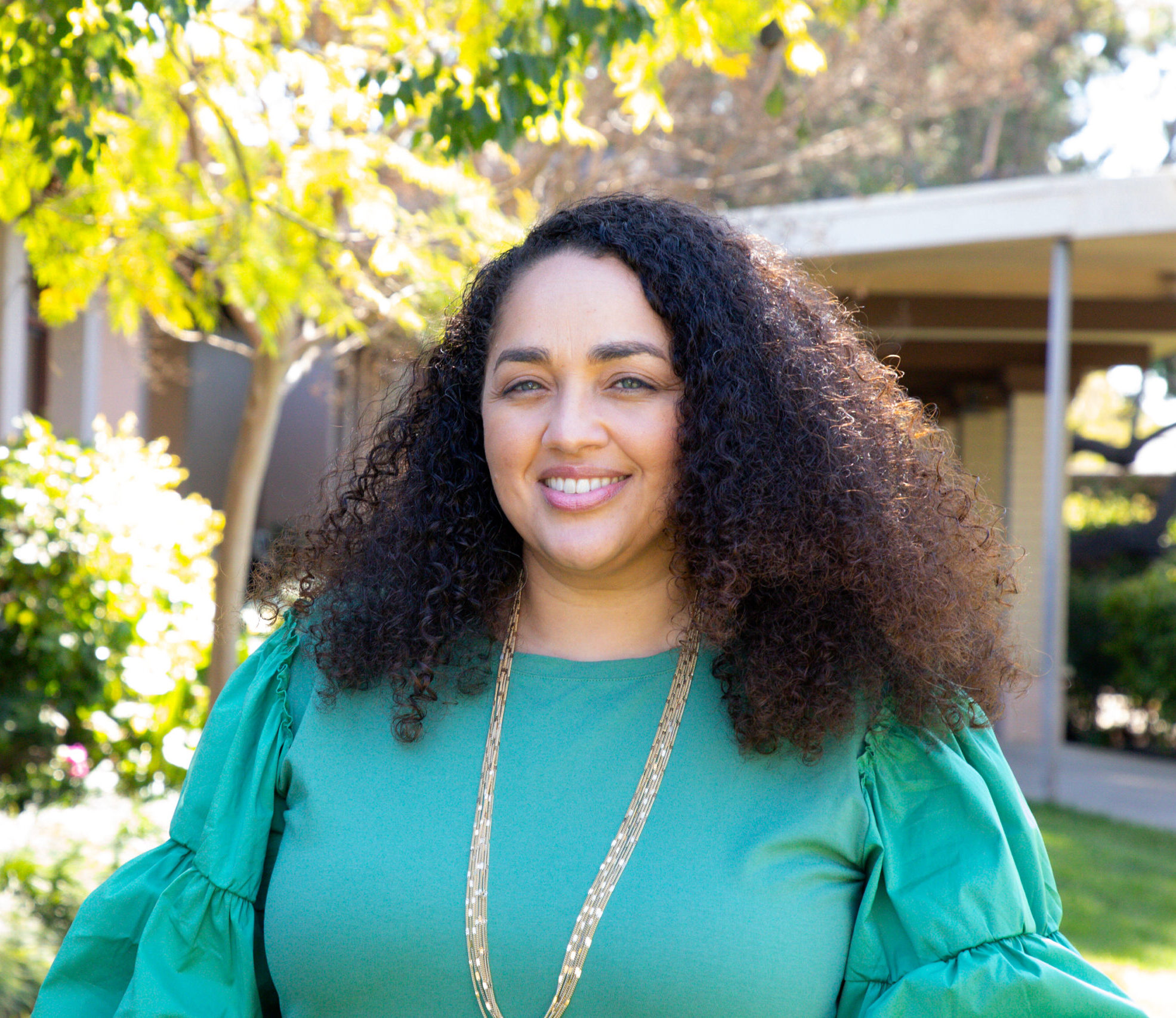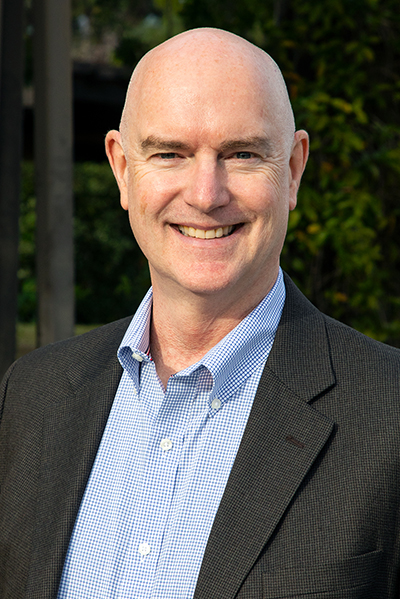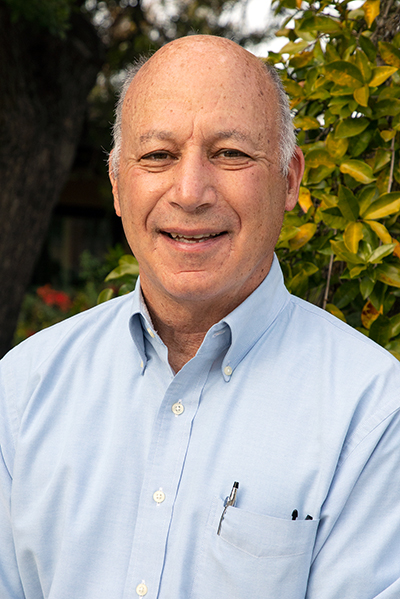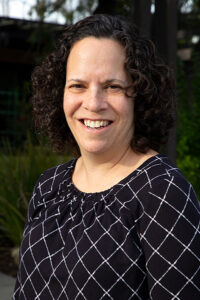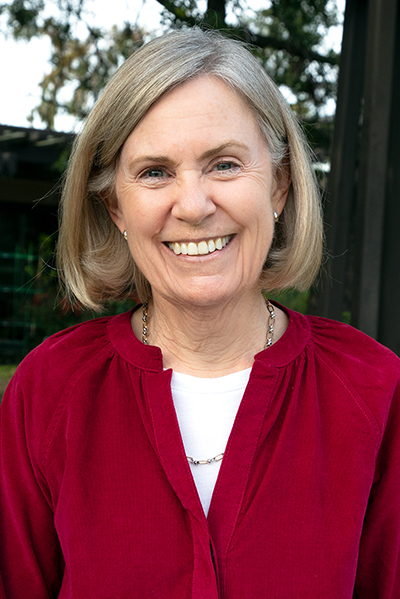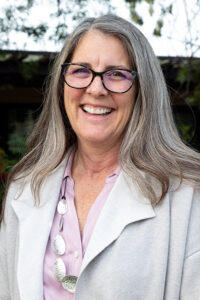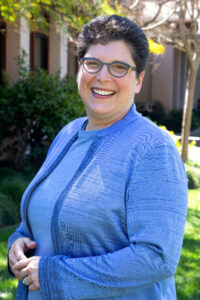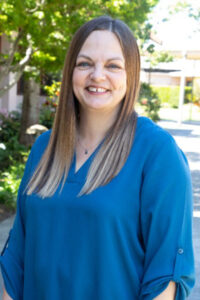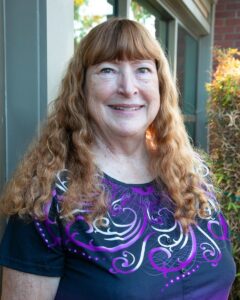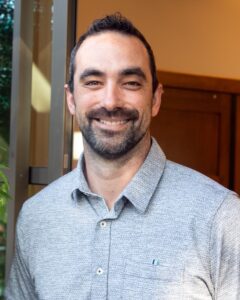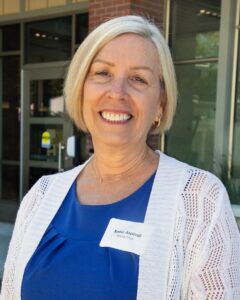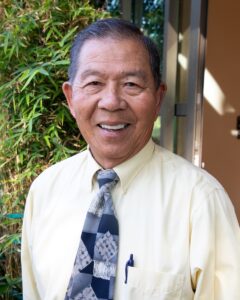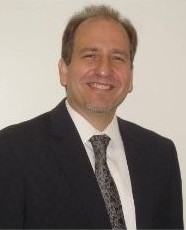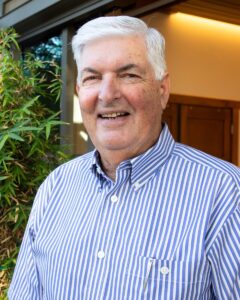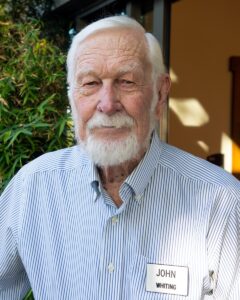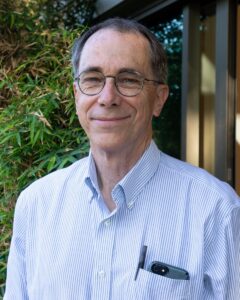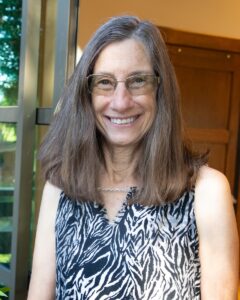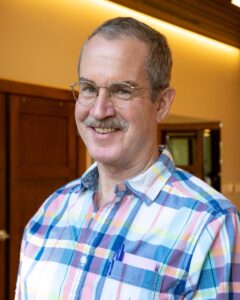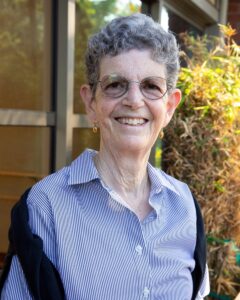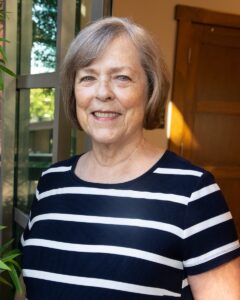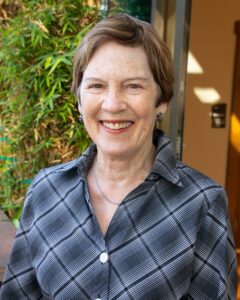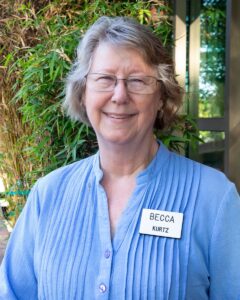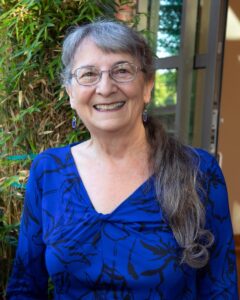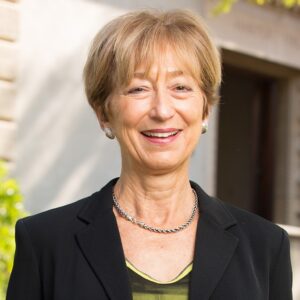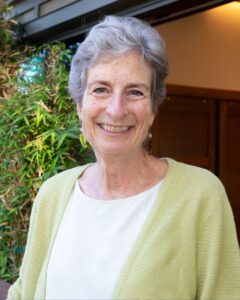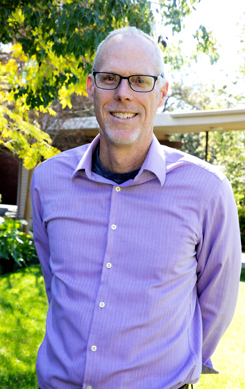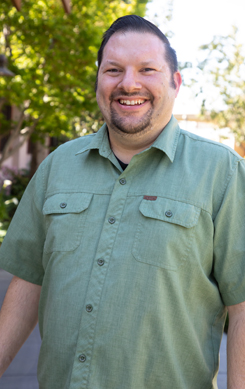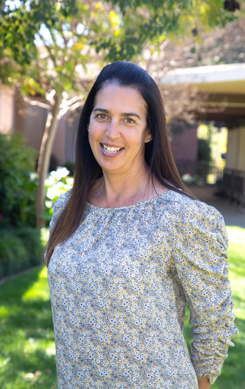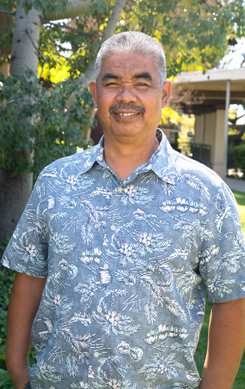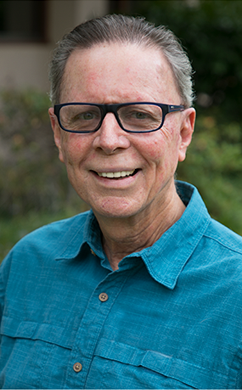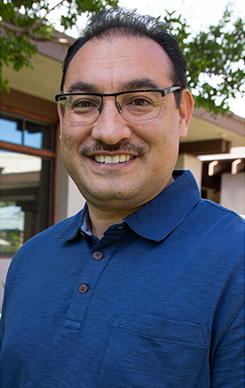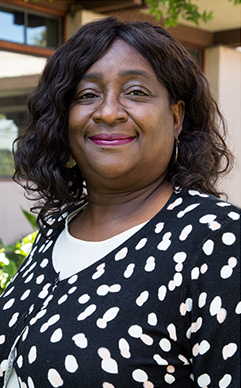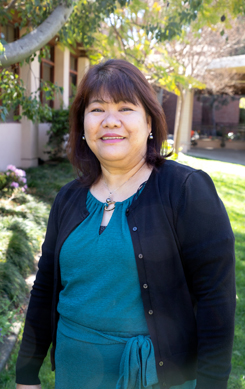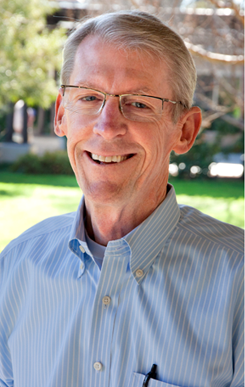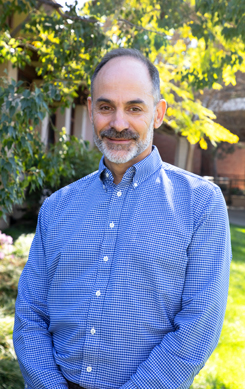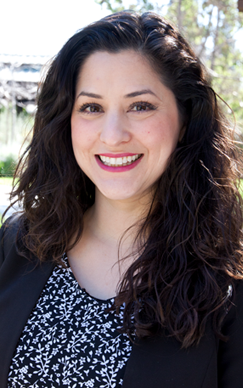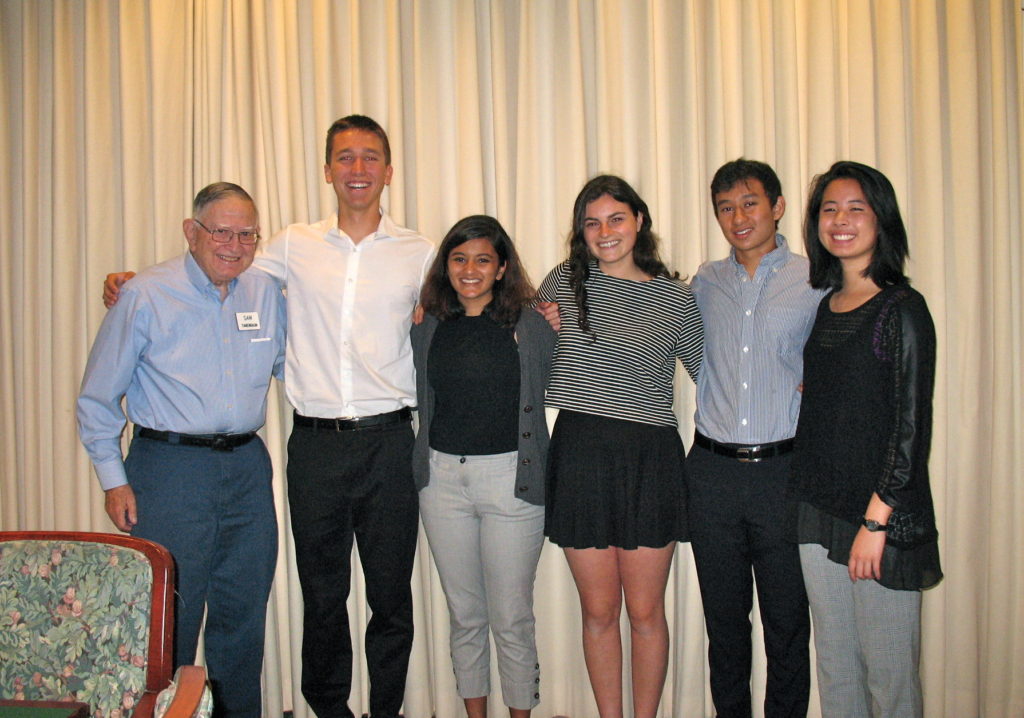
Mt. San Antonio Gardens Conservation Plan
Mt. San Antonio Gardens, a 500 resident, 31-acre retirement community with central facilities, homes, cottages, and apartments in Claremont and Pomona, is undertaking an energy conservation plan for their campus. Maureen Beith, the CEO of the Gardens, announced the carbon reduction strategy at her monthly meeting with the residents on Wednesday, July 27, 2016.
Gardens Energy Conservation Plan
The plan is split into two phases. In the first phase, the Gardens will reduce energy consumption by (1) replacing the old air conditioners and adding insulation in the cottages, (2) improving the efficiency of the central HVAC system, and (3) gradually replacing single pane windows and doors with double panes throughout the complex.
The second phase entails the installation of a large solar array to the campus. The Gardens received several solar proposals from companies around the Inland Empire. However, the Board of Trustees has decided to hold off on choosing a proposal until the phase one energy conservation efforts are complete. After that, the Gardens will solicit new proposals from the same companies to ensure that the array is not larger than necessary.

The Roberts Environmental Center Team with Sam Tanenbaum. From left to right: Sam Tanenbaum, Anthony Burre, Lauren D’Souza, Jenna Perelman, Nova Quaoser, and Lillian Liang.
A team at the Roberts Environmental Center at Claremont McKenna College (CMC), a research institute dedicated to studying and mediating environmental issues, worked on a consulting project for the Gardens this past year to help expedite their effort to reduce the Gardens’ carbon footprint. The five students working on the project were: Lauren D’Souza (Claremont McKenna ’18), Lillian Liang (Harvey Mudd ’18), Nova Quaoser (Claremont McKenna’19), Anthony Burre (Claremont McKenna’19), and Jenna Perelman (Scripps ’16).
The team chose two areas of focus: Heating, Ventilation, and Air Conditioning (HVAC) systems in the residential units, and solar array proposals. Sam Tanenbaum, professor emeritus of engineering at Harvey Mudd College and a current resident of Mt. San Antonio Gardens, served as the liaison and advisor for the team.
HVAC System Analysis
D’Souza and Liang studied the HVAC systems in the cottages, and found that most of the air conditioning units were outdated and inefficient. The efficiency of HVAC systems is measured using a SEER (Seasonal Energy Efficiency Ratio) Rating. Most current units in the cottages have a SEER rating of about 6; the smallest SEER rating currently available on the market is SEER 13. D’Souza and Liang calculated the annual energy consumption, cost, and carbon footprint of operating the AC units at low and high SEER efficiency ratings. They found that the potential energy and financial savings of upgrading the AC units are immense. The team recommended an upgrade to units of SEER 14, which best balances energy and carbon savings with the cost of purchasing newer units.
Solar Economic Analysis
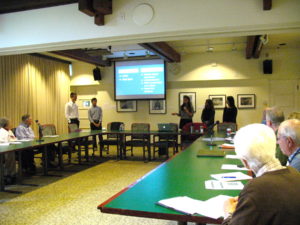
The team presenting their findings to Gardens residents.
Quaoser and Burre reviewed the Gardens’ solar proposals on several metrics to produce a recommendation for the most sensible option. The Gardens received nine proposals from six companies: SolarCity, OnSwitch, Cenergy, SunPower, Solaris Energy, and REC Solar. Quaoser and Burre evaluated each proposal holistically, focusing on the design and efficiency and total output of the arrays, the cost per kilowatt-hour (kWh) of the electricity generated, the company’s customer satisfaction ratings, and the long-term stability of the company. Based on these factors, the team recommended SunPower’s proposal.
Net Present Value & Rising Edison Prices
Because both the HVAC and solar projects require a significant up-front investment, both teams conducted Net Present Value (NPV) analyses to determine if spending the money now was ‘worth it’ for the Gardens. NPV analyses quantify the principle that having money now is more valuable than having money in the future. The analysis compares the cash inflow with the cash outflow over a given time period, taking account the opportunity cost of money (given by an annual discount rate). The team used an annual discount rate of 3 percent and a time period of 25 years. However, SoCal Edison (SCE) electricity prices have been rising in the past 10-20 years at a rate of about 3.7 percent per year. The team compared the cost of purchasing new air conditioning units in bulk and the cost of purchasing or leasing solar arrays with the rise in utility prices over 25 years. Given the constant SCE rate increase, both teams found that the upfront investment was worthwhile in the long term.
Peak and Off-Peak Usage
Both teams also had to consider the impact of peak and off-peak usage rates. For large consumers, SCE sets vastly different rates per kWh during different hours, particularly in the summertime. For example, the rate for summer peak usage is $0.39 per kWh, and the rate for summer off-peak usage is $0.07 per kWh. Air conditioners are used most heavily during peak usage hours in the summertime, so a more efficient unit saves electricity when it is most expensive. Similarly, solar panels produce most of their electricity during peak summertime hours when the electricity is most valuable. Thus, both more efficient air conditioners and a solar array produce maximum savings because they reduce the power purchased from SoCal Edison when rates are at their highest.
To read the team’s full report, analyses, and recommendations, click the link below.
Mt. San Antonio Gardens HVAC & Solar Analyses by REC Claremont on Scribd.







